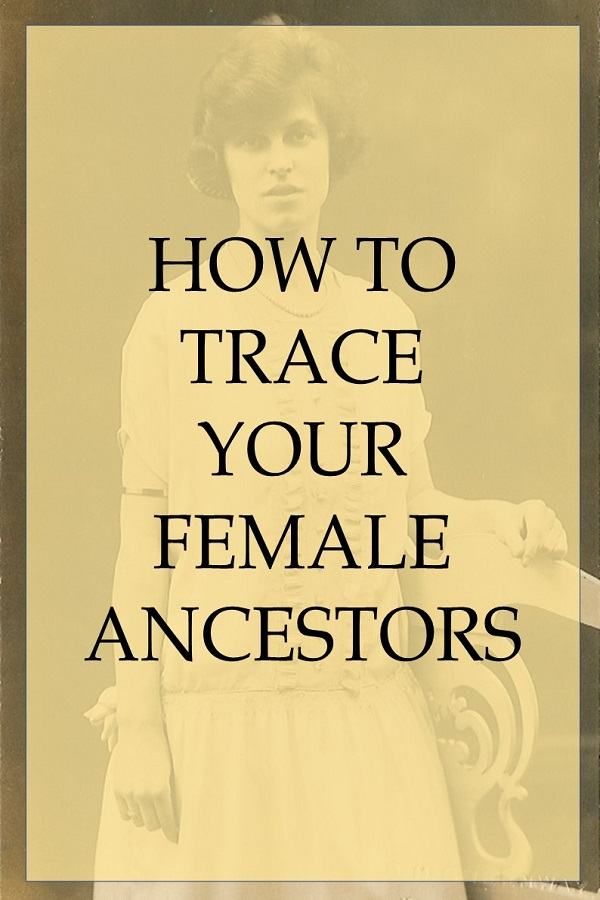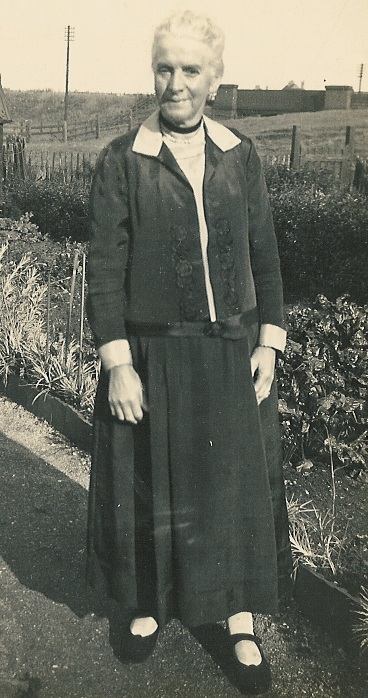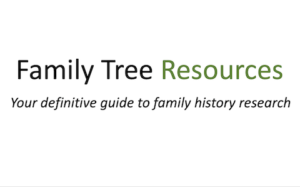
When you are researching your family history, you will obviously come across female ancestors. Female ancestors can be more difficult to trace because they invariably changed their name when they got married, taking on their husband’s surname.
Women’s roles in history have been less recorded than that of their male counterparts, so invariably did not leave a paper trail in the same way.
Women gave up all their rights to their husbands when they got married, and so could not do anything without first obtaining the consent of their husbands. Women could not, for example, negotiate a legal contract without obtaining her husband’s permission, even if it was to sell land that she had inherited from her father.
Any property was usually listed under the man’s name.
Find Your Female Ancestor Using Her Maiden Name
The easiest way to trace a female ancestor is to discover what her maiden name was. This can be ascertained by looking at your ancestor’s birth certificate or by looking at the children born to your ancestor’s marriage.
If you find that a child was born Samuel Jackson Green, it is likely that the name Jackson is a family name. For more information about how to find a woman’s maiden name, please read my article: how to find a woman’s maiden name.
Record Major Events of Your Female Ancestor’s Life
To discover more about your female ancestor’s life, creating a timeline of the major events in her life could help to give you a more rounded picture of her life in general and where you can find records she may be mentioned in.
If you know when she married and her children’s birth dates, this may help you to subsequently discover birth and marriage certificates.
To make the most of your timeline, you should also include major national events such as wars that your ancestor may have played a role in.
Your female ancestors could also have been witnesses at family weddings.
Using Oral Histories to Trace Your Female Ancestors

Do not overlook oral histories. Your ancestors may have memories of their own childhoods, and can tell you more about their female ancestors.
Your relatives may also have family stories that they would love to share with you, so you can add personal details to your family tree, rather than just having birth, marriage and death dates.
It is also prudent to talk to your collateral relatives such as aunts, uncles or cousins. They may know family stories that you have not heard.
My relative, for example, told me that her grandfather had disowned his parents (my great-grandparents) because he had discovered that they had had children when they were not married. My grandmother had never mentioned this to me – she obviously did not want anyone in her immediate family to know about it!!
Another reason for reaching out to your relatives is that they may have photographs that you did not know existed, and you are therefore able to put a face to the name!!
My Dad’s sister, who is 5 years older than my Dad, has many photographs of the family that I had never seen before.
I do, however, deeply regret not asking my Mum and grandmothers more about the family when they were still alive. All their memories about the family have died with them, which is one of the main reasons why I advocate asking your relatives more questions. I would not want you to have regrets like me.
Please remember, however, that although your relatives may have many interesting stories about your ancestors to share with you that their memory of the details may have become hazy over the years, so they may have remembered the particulars incorrectly.
Check Who is Living With Your Female Ancestor in Censuses
If you can find the family in a census return, look at who else is living in the family home. You may find that some of the wife’s family members are living in the house, for example her mother or brother, which can help you to discover her maiden name.
How to Trace Your Female Ancestors Using Diaries and Letters
If your female ancestors left diaries, letters or journals, reading through these documents could give you more idea of the events and circumstances affecting her life.
My ancestor, Mary Florence Adams, was given a bible on the occasion of her 21st birthday, and she wrote down her children’s names in the back and her marriage date in the front, thus giving me more idea of the special events in her life.
Mary did, however, conveniently shave a year off her marriage date because she was pregnant when she married!!
If you do not have a family bible, it is worth asking collateral relatives if they have family bibles in their possession.
Family Announcements in Newspapers
If your ancestor’s birth was mentioned in the newspaper, this will at least help you to discover her first name, and will help you to determine where a woman was living at that time.
Obituaries may give you a lot more information about your female ancestors – if a father died, for instance, it may mention his children in the obituary. This may enable you to trace a daughter who may have got married, thus giving you her married name.
Using Wills to Trace Your Female Ancestors
If you are finding it difficult to trace your female ancestors, it may be prudent to check the wills of her neighbours or other village members, who may be her relatives.
If your female ancestor is mentioned in a will, she will usually be mentioned under her married name, and her relationship to the writer of the will is also recorded, helping you to discover her maiden name.
It must be borne in mind, however, that your female ancestor may have married more than once. If you have found your female ancestor in a will, but still cannot find her marriage, you should consider the possibility that her current marriage was not her first marriage.
Another option would be to check the will of her husband if he made one. A husband may have left money or property to his wife’s family members, which could again help you to discover her maiden name.
Other Records
To find out more about your female ancestors, it is prudent to check records of her husband, brother, father, or grandfather. If her brother or father was in the military, his military record may mention his wife or children.
More Difficult to Trace Female Ancestors The Further Back You Go
The further back you go with your research, the more difficult it becomes to trace your female ancestors because less information is included in the records. Some early baptism registers only stated the father’s name.
If you find that your family had children baptised in one place, but you cannot find the couple’s marriage there, it can make it more difficult to ascertain what the wife’s maiden name was, and thus make finding out about her more challenging.
Look for Your Female Ancestor’s Marriage in the Surrounding Area
If your ancestors lived in a village, it may be prudent to check for the marriage in the surrounding villages.
My ancestor Richard Scrivener had several children baptised in Potterspury, Northamptonshire, between 1692 and 1706. The record simply stated, for example, that Edward Scrivener, baptised on 12 February 1699 in Potterspury, was the son of Richard and Elizabeth Scrivener, giving no further information.
I drew a blank when I checked for their marriage. I knew I had to think outside the box and check villages in the surrounding area for the marriage.
A marriage index can be very helpful because you can easily find marriages in the area without having to search through all the villages.
The marriage index for Northamptonshire, compiled by Alan Clarke, showed that Richard Scrivener had married Elizabeth Addington on 11 October 1691 in Grafton Regis, which is approximately 3 miles from Potterspury.
Looking at the original marriage in the parish registers confirmed that Richard and Elizabeth were both of Potterspury.
My Elusive Female Ancestor, Elizabeth Dammant
When I looked at the birth certificate of Harriett Cole, daughter of Samuel and Elizabeth, it stated that her maiden name was Barker. I knew, however, that Elizabeth had married Samuel Cole on 9 December 1836 in Greenstead, and was stated as being a widow.
If I had taken the information on the certificate at face value, I would have believed that Elizabeth’s maiden name was Barker, which would have been incorrect.
To clarify the information I had discovered so far, I looked at the 1851 Census. The 1851 Census for Greenstead, Essex, stated that Samuel and Elizabeth Cole had two children, Maria, born in 1838, and Harriett, born in 1840.
The census also listed Mary Ann Barker and Susan Barker, both born in Greenstead in 1825 and 1832 respectively, who were Samuel’s daughters in law.
Armed with this information, I looked through the baptism registers of Greenstead and found that Susan was the daughter of William and Elizabeth Barker, being baptised on 20 May 1832.
The other child mentioned on the census return, Mary Ann, was baptised on 15 December 1822. Further research confirmed that William Barker had married Elizabeth Dammant on 4 October 1815 in Greenstead, William being buried on 26 May 1833. I had finally discovered Elizabeth’s maiden name.
Elizabeth was baptised on 3 June 1798 in Greenstead, the daughter of Peter and Elizabeth Dammant (nee Hazleton).
